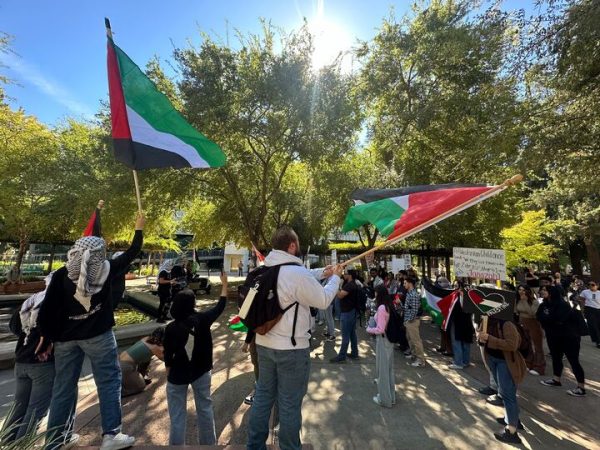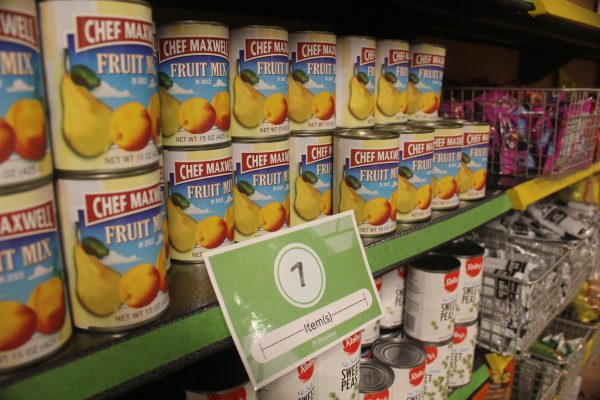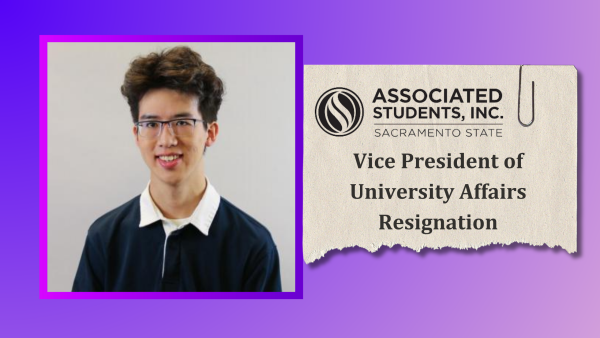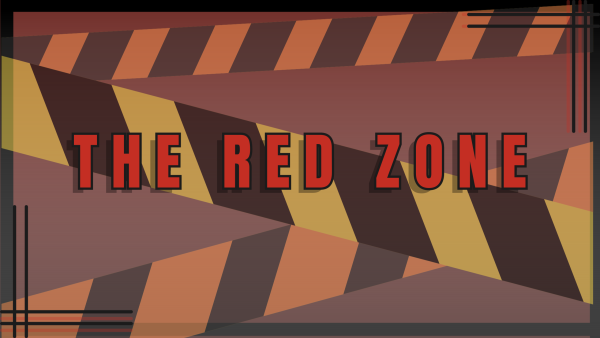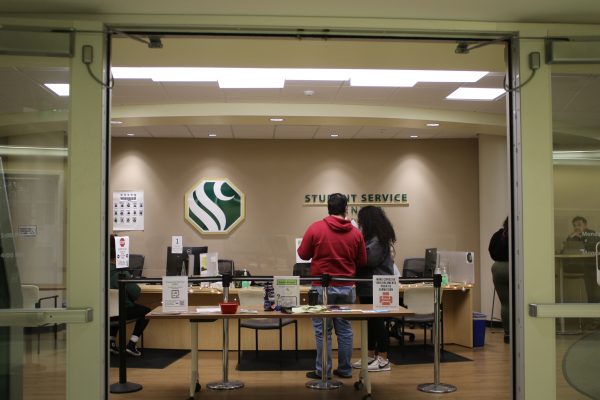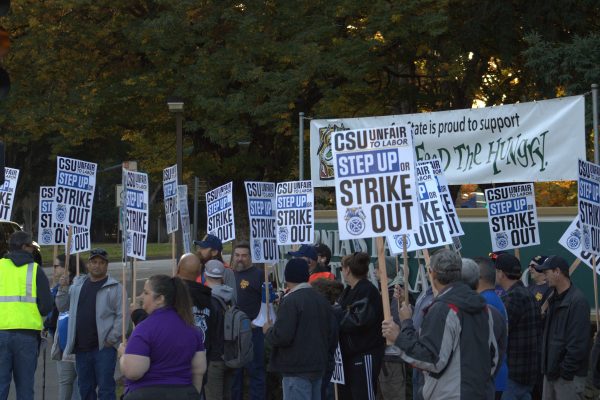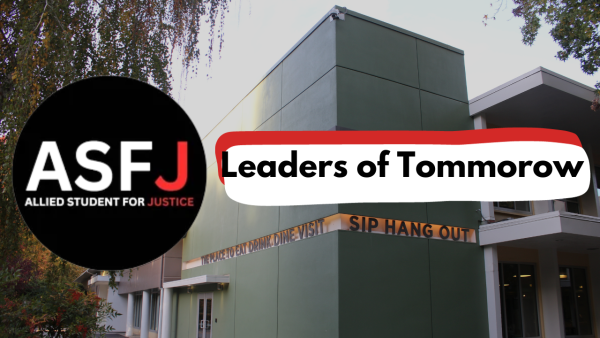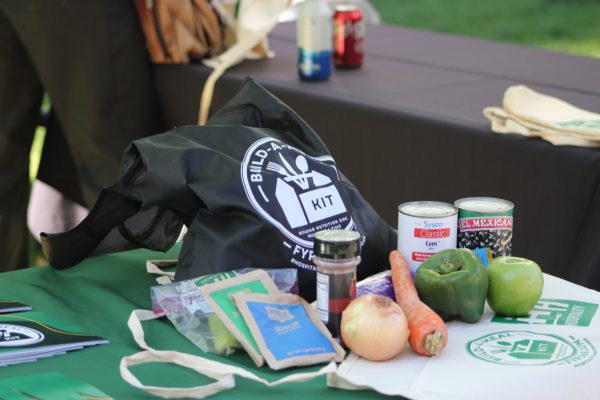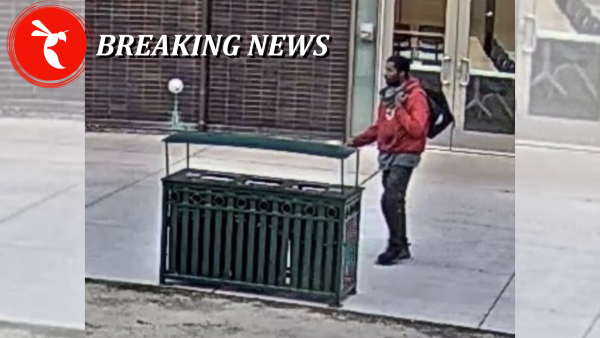Physical therapy aids patients with clinic
May 4, 2011
Sacramento attorney Steve Mair suffered a stroke a year ago that almost took his life and left him with severe difficulty in moving around.
Mair, 56, sought rehabilitation options following the stroke, and came across the Sacramento State physical therapy department’s free mock clinic. He was eventually invited to participate in the student-run mock clinic by Michael Mckeough, the clinic’s director.
During Mair’s time at the Sac State mock clinic, students helped him improve his endurance through constant cycling exercises, his balance by learning to distribute his weight evenly on a scale, and his overall functioning by perfecting standing up and sitting down in his wheelchair.
Students also made a visit to Mair’s house, evaluating how suitable the residence was based on his condition. They made suggestions to reduce the incline on the steep stairs inside the house, along with removing some furniture that made it hard to move around.
Mair remains thankful for the experience, and thinks fondly of the students who helped him regain his motor skills.
“As anyone who has had a stroke can tell you, more therapy is better than less therapy,” Mair said. “Thanks to the clinic and the very professional students who helped me, I can move around more safely, which in itself is a major accomplishment.”
Before the mock clinic became what it is today, it operated without home visits, the eight-week rehabilitative regimen and the wide range of patients with neurological problems seen today.
Mckeough took control over the mock clinic from its previous director in 1996, and transformed it into a resource for students to gather real-world rehabilitation experience.
“It’s a unique and exceptional program,” Mckeough said. “At no other schools that I’m aware of can physical therapy students get hands-on experience in providing care to individuals with real neurological injuries. Also, this sort of program, with eight weeks of free care, is not something offered in the community.”
Students in the physical therapy program participate in the mock clinic by enrolling in the two semester-long neurology rehabilitation course. They spend three hours per week working in the clinic for the lab.
During their time in the mock clinic, students work with volunteers from the community who have limited movement due to multiple sclerosis, Parkinson’s disease or other similar neurological conditions.
“It’s amazing that we are able to take what we have learned in class and work together to apply it in real practice,” said Teia Jung, freshman physical therapy student. “It is great preparation for what we will be encountering in our career.”
Students work with the patients to achieve predetermined rehabilitation goals, based on the areas that have been impaired due to the existing neurological condition. Possible goals can range from decreasing the risk of falling, increasing strength, improving walking abilities to just standing up without assistance.
“It’s visible how excited the patients get, even when doing something small like learning to walk up a curb,” Jung said. “Then they go out and show it off, and continue to exert that happiness in the community. It’s very rewarding to see.”
Mckeough views the amount of interest from the community as evidence of the success that the mock clinic has had. He refers to the physical therapy’s mock clinic as a “win-win-win situation.”
“Volunteers win because they receive care they otherwise would not get,” Mckeough said. “The students win because they get experience on hands-on practice with providing care to individuals with a real neurological injury. Lastly, the university wins because it has a program that fosters cooperation between the university and the community.”
































































































































